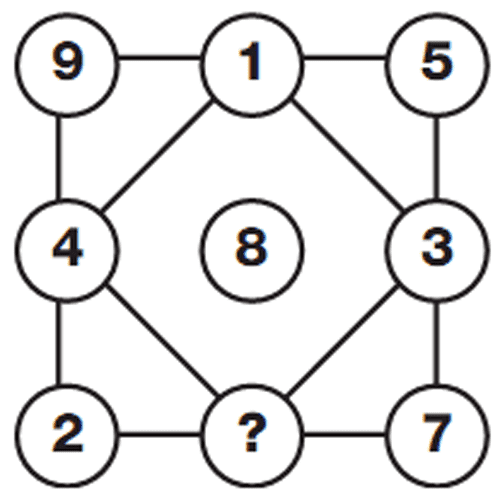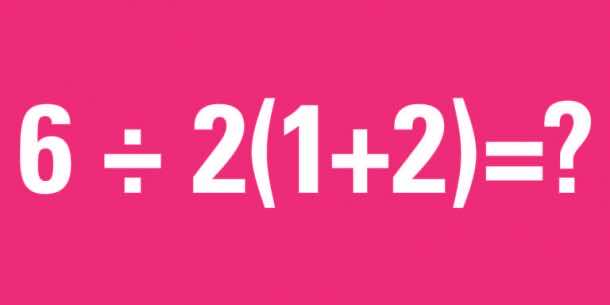Have you ever wondered why is it always a math problem that goes viral? The reason is that math problem is such a tricky thing. You may think that you have nailed a problem in a few simple steps, but the answer just might surprise you.
To prove our point, we give you these five basic math problems. Check your math abilities by trying to solve them.
1. WHAT’S THE QUESTION MARK?
Find out what number will fill the empty box?

Solution: Six
Explanation: The sum of numbers in all columns and rows equals 15.
2. THE BAT & THE BALL
The total cost of a bat and a ball is one dollar and 10 cents. The bat costs a dollar more than the ball. How much does the ball cost?

Solution: You may think that this question is ridiculously simple as the obvious answer is ten cents. You are in for a surprise because the solution of this problem is five cents.
Explanation: The difference of one dollar and 10 cents equals 90 cents. Thus, if the bat is one dollar costlier than the ball, while the total cost is $1.10 then the bat must cost $1.05. Therefore, the cost of the ball is five cents.
3. TO SWITCH OR NOT TO SWITCH
Think of yourself on a game show where you are offered a choice of three doors: One door opens to a million dollars while the other two have nothing behind them. You opt to go with door #1. Next, the host of the show, who knows what each door hides, opens door #3 which has nothing behind it. He then asks you, “Do you want to stick with your choice or switch?” Should you stick to your choice or switch the door?

Solution: You should always switch your choice!
The Explanation: The UC Berkeley math professor Lisa Goldberg has explained the solution to this problem in detail using animations.
4. THE PEMDAS PROBLEM
Solve the given problem to reach the right answer.

Solution: While the solution of this problem has seriously been debated, the actual answer to the problem is nine.
Explanation: Remember the PEMDAS rule you learned in your elementary math lessons? It is actually the wrong interpretation of the parenthesis solving that leads some people to the wrong answer of 1. What they do is something along these lines: 6÷2(1+2) = 6÷ 2(3) = 6÷6 = 1.
Once the parenthesis has been solved, i.e. you find one answer to the complete expression inside the parenthesis, you need to treat it like a sign of multiplication. As PEMDAS dictates any given expression is solved such that first find the solution for the parentheses, then exponents, and then all multiplication and division from left to right in the order both operations appear. Thus, according to the left to right solution: : 6÷2(1+2) = 6÷2*(1+2) = 6÷2*3 = 3*3 = 9.
5. THE LILY PAD PROBLEM
A patch of lily pads in a lake doubles in size every day. If the patch of lily pads takes 48 days to cover the entire lake, how long will the patch take to cover half of the lake?

Solution: The patch covers half the lake on day 47.
Explanation: The problem statement suggests that the patch doubles in size daily. Therefore, the patch is half of its present size on the previous day of any given day. Since the patch covers full lake on day 48, it implies that the size of the patch on the previous day must have been half the lake.
How many of these elementary math problems did you get right?


